Arrosticini
Arguably the dish most associated with Abruzzo is arrosticini. Which is unfortunate for vegetarians.
Simply put, arrosticini are barbecued pieces of mutton on slim wooden skewers.
But those are just words. They fail to do justice to the time, effort, care and attention – not to mention the art and tradition – that go into their production.
The first time I ever had arrosticini was on a raw winter’s day. We were on our way back from a day’s skiing at Passo Lanciano when we spied a vendor on a street corner cooking meat on a grill. Ours was the kind of gnawing hunger that comes after a day out in the cold. And though I tend towards the vegetarian end of the spectrum myself, I will admit to finding few things more enticing, especially when I’m famished, than the aroma of barbecue. We stopped the car and exchanged a few coins for a bouquet of arrosticini in a cone of silver foil. It was heaven on sticks.
Arrosticini are not cooked on a regular grill, but on a special apparatus called, in dialect, la furnacell’, which is a long, narrow, metal trough on legs. At the bottom of the trough lies the burning charcoal. The furnacella has to be narrow (about 10cm across) because the wooden skewers rest on its sides, and only the meat is over the embers. The chef stands before it, continuously turning the skewers so that each piece of meat is browned to perfection and the fat drips onto the embers.
The actual cubes of meat are smaller than shish kebab, normally around 1square centimetre. Nowadays they are mostly machine-produced, but connoisseurs tend to seek out specialist shops still selling handmade arrosticini. There have been developments in variety too. Mutton is the traditional and still most popular meat used, but other kinds of arrosticini are now available, including pork and liver.

In the frequent and seemingly endless discussions about food that take place whenever Abruzzesi meet, someone will inevitably bring up the subject of arrosticini – where to buy the best, where you can still get handmade varieties, which restaurants cook them to perfection.
They are ubiquitous – almost always present in conversation or on the menu. They are always cooked at sagre (food fairs) and outdoor parties. I have seen friends ordering a handful while waiting for their pizza to arrive.
Of course I am not an expert on arrosticini but even I know how to appreciate good ones. They should be lean and tender and melt in your mouth. When they are like that, when the conversation and wine are flowing, it’s not difficult to eat many more than you intended. And it’s no use convincing yourself afterwards that you only had a few. The pile of empty sticks on your plate will tell a different story.


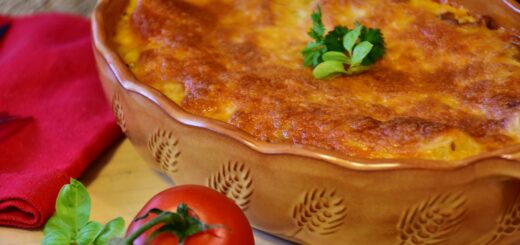
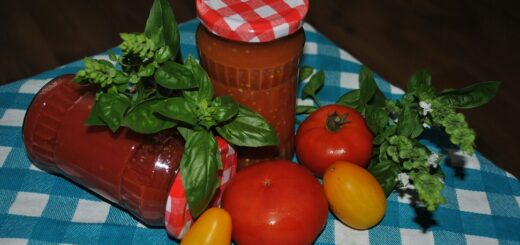


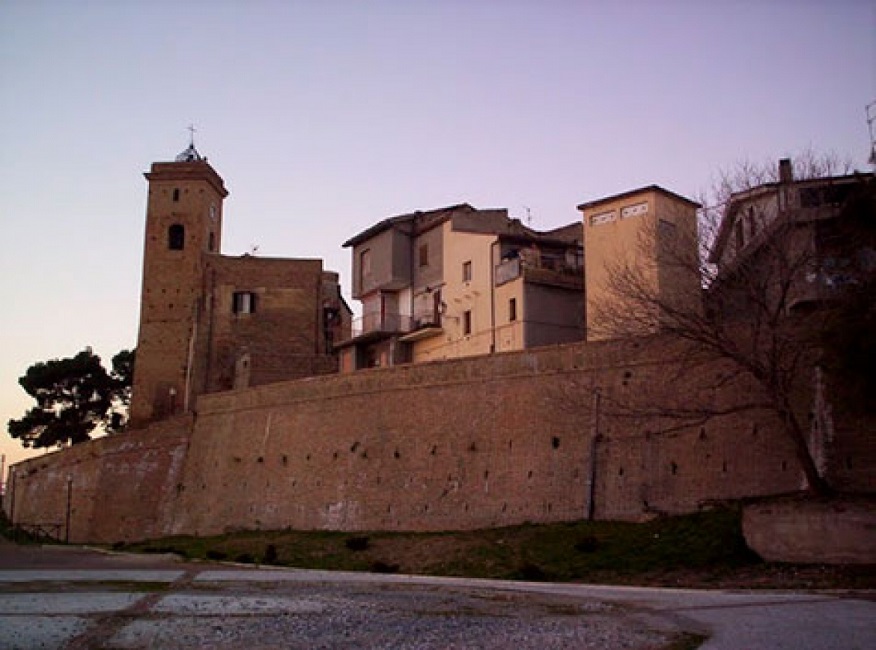
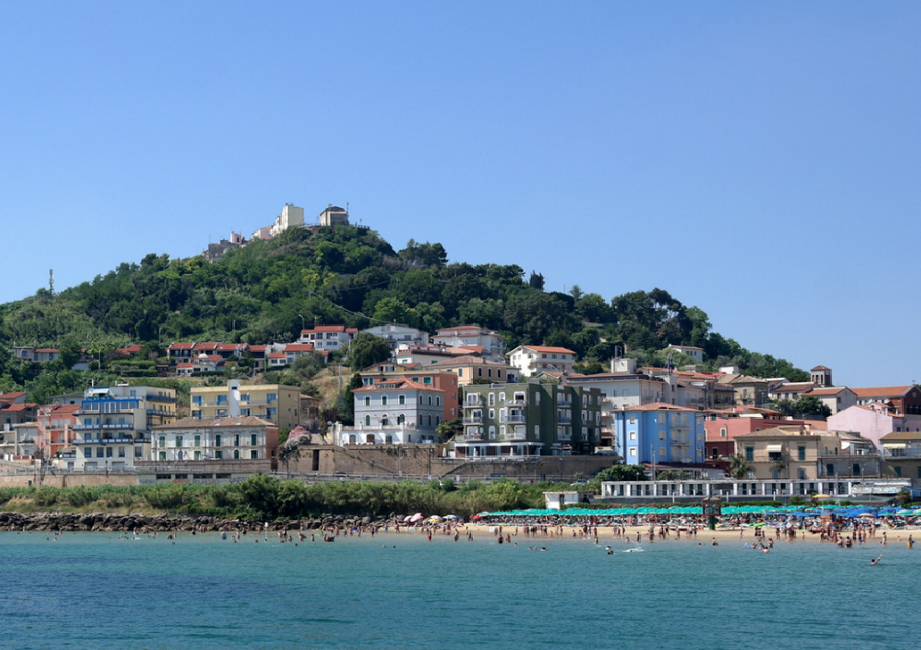

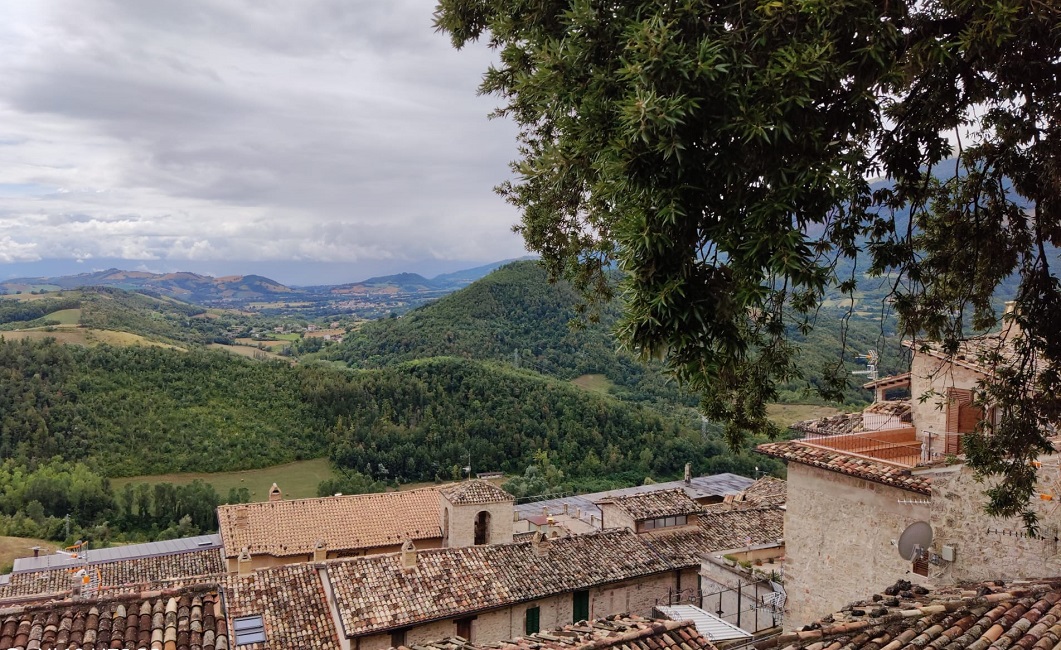
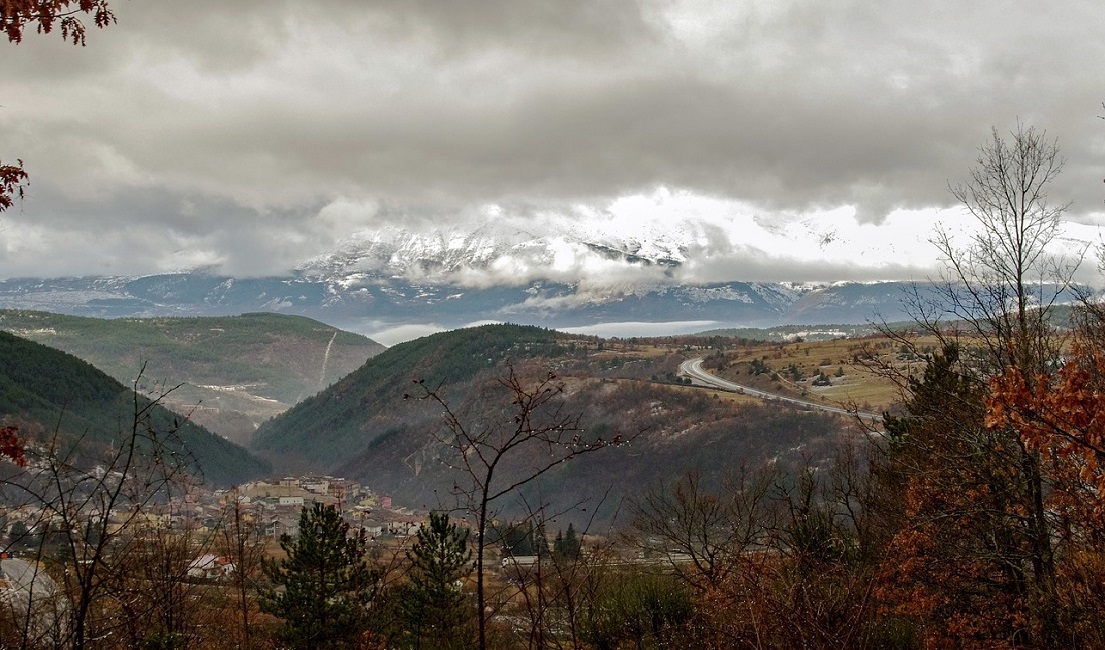

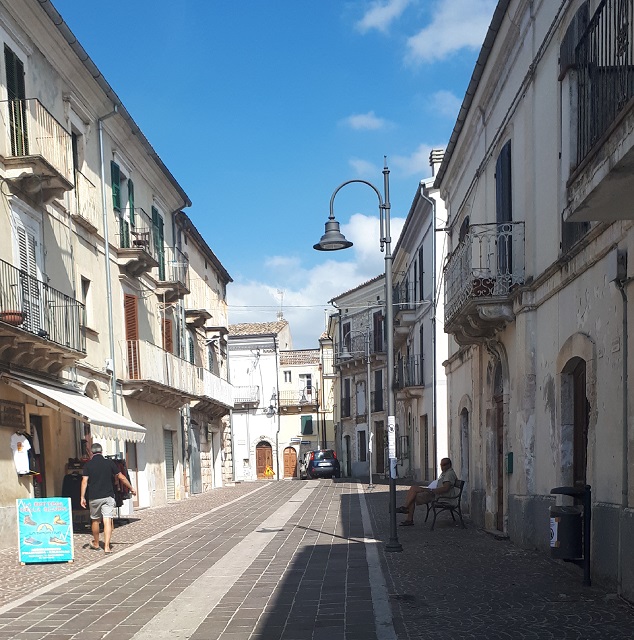
1 Response
[…] Arrosticini […]